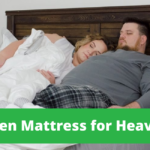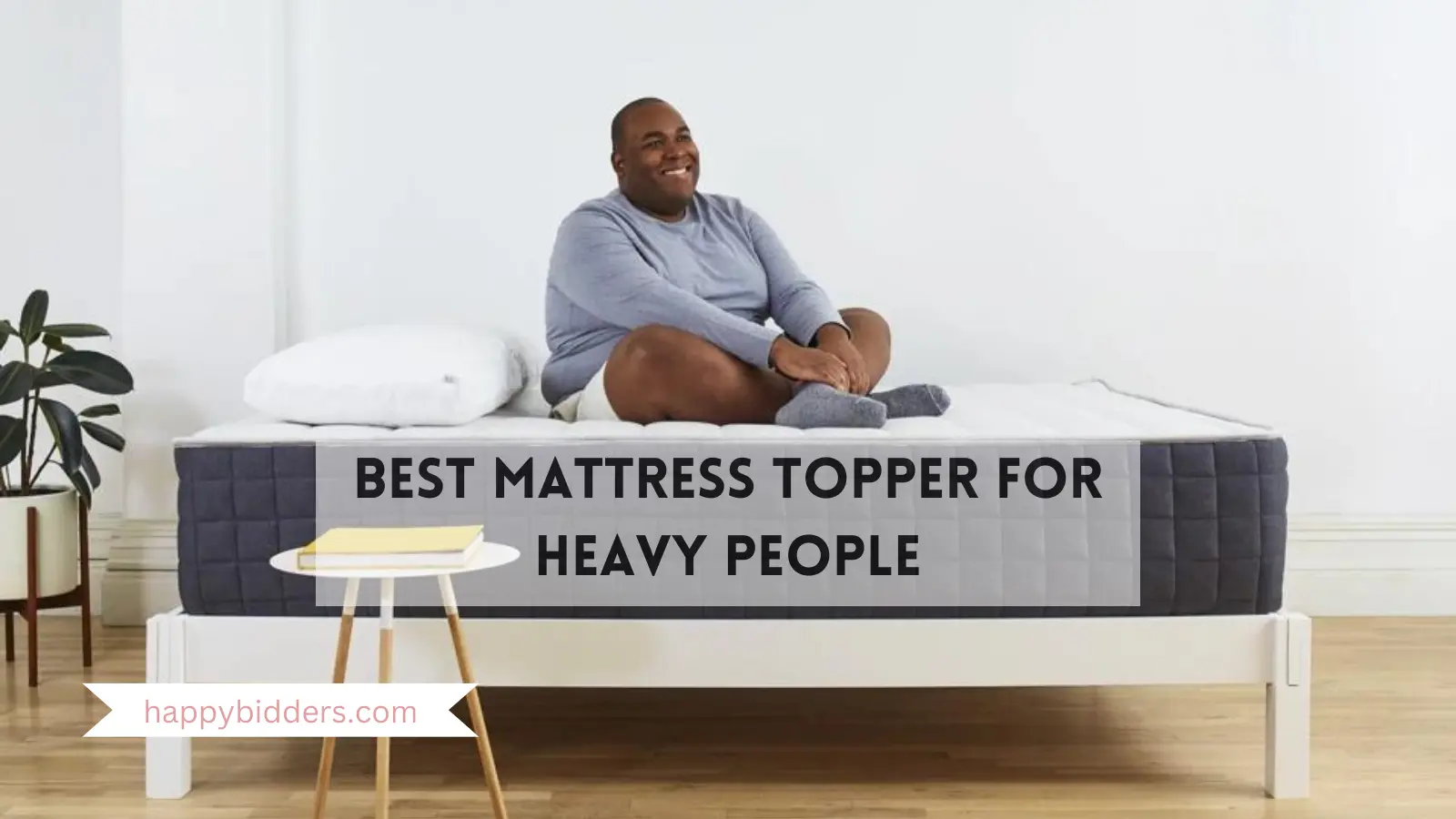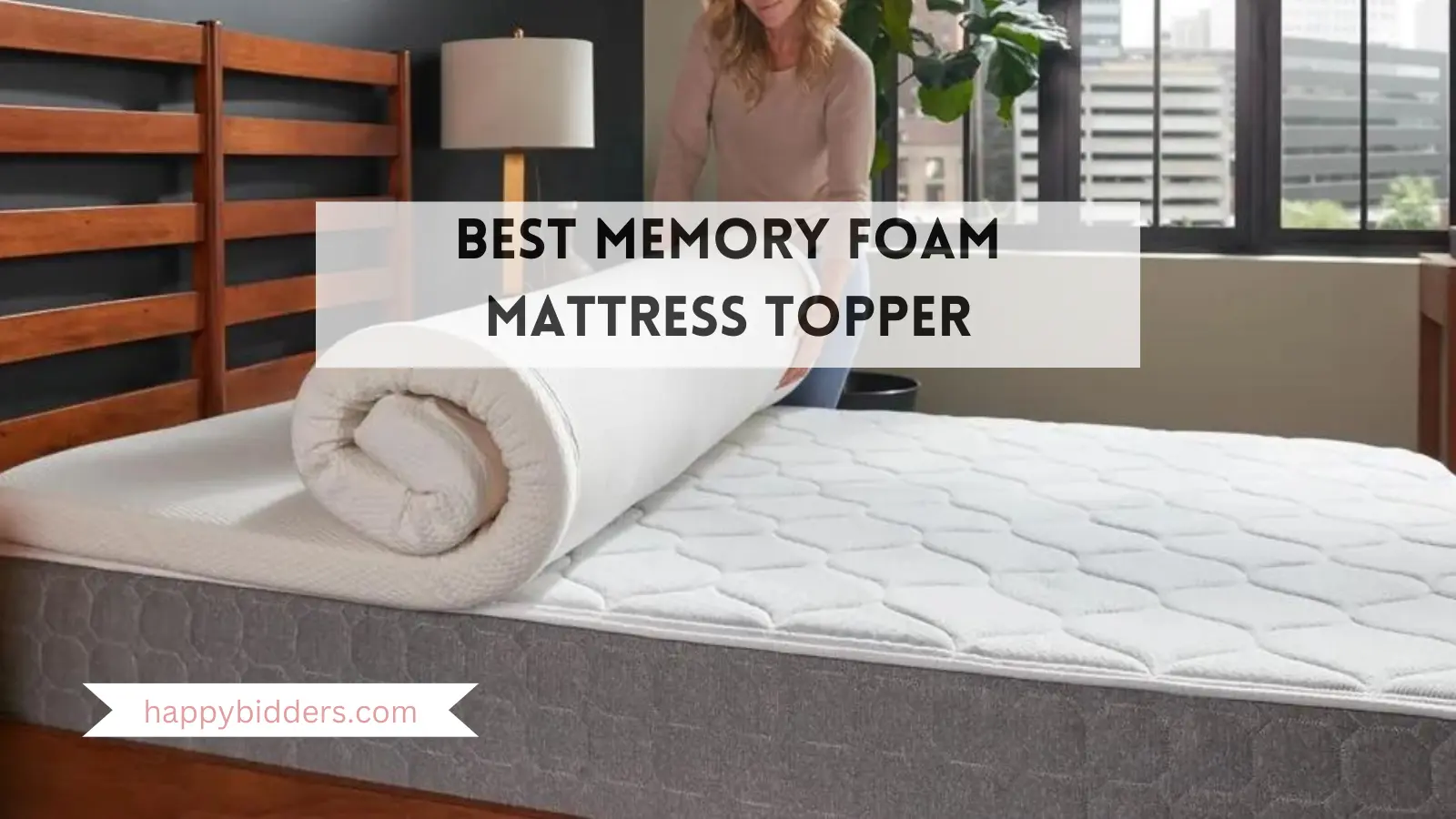If you sleep on your side, you are far from alone – the latest statistics show that approximately 4 out of 10 people are side sleepers. As the most popular sleep position in the world, side sleeping is also considered to be one of the most natural and healthy. However, not all mattresses will work well for this position, so Peoples need to find the best mattress for side sleepers.
In this guide, we will focus on helpful information for those who prefer sleeping on their side. We’ll start by highlighting our top picks for the best mattresses for side sleepers. We’ll then delve into the details about this sleeping position, describe the key shopping considerations, and identify important mattress features to look for.
Best Mattresses for Side Sleepers: Buyer’s Guide
Buying a new mattress can be an intimidating process – but it doesn’t have to be. The section below will help you on your journey to choosing the perfect bed for your situation. We will cover what features to look for in a mattress, which materials you may wish to seek out (or avoid), and much more. For even more tips and tricks on buying a new mattress, see our full guide to buying a mattress online.
What Type of Mattress Is Best for Side Sleepers?
There are several different types of mattresses to choose from when it comes to picking your next bed. The material of your mattress is perhaps the biggest consideration, as it has the largest impact on both the comfort and durability of the mattress.
There are some unique considerations for side-sleepers, specifically. For instance, most side-sleepers want more give in the shoulder and hip areas; making foam and hybrid mattresses a better choice over traditional innerspring beds.
Budget should also be considered, as there are significant differences in price between different mattress types. For instance, latex beds tend to be significantly more expensive than all-foam beds, while hybrid mattresses provide a nice middle-ground between cost and overall value.
Read about the four primary mattress types below, and their pros and cons most relevant to side-sleepers.
Important Mattress Features for Side Sleepers
When it comes to buying your next mattress, there are a lot of important factors to consider. Each person sleeps differently and has different preferences in terms of comfort, support and firmness. Because of this, choosing the “best” mattress is an involved task that must be customized for your individual situation. To help, we’ve put together this list of some of the key considerations that you should have in mind when making your selection.
- Size: The size of your next mattress (full, queen, king, etc.) is an important consideration, particularly if you share your bed with a partner. Queen is the most common size by a good measure, but single people may be just as comfortable on a full or even a twin.
- Support: Support is vital for a comfortable and restorative night’s sleep. For side sleepers, the support of the mattress is key to maintaining spinal alignment and avoiding issues with neck and back pain. You will want to find a comfortable mattress that provides the right level of support to key areas including the shoulders, hips and neck. Side sleepers should look for a mattress that has a responsive comfort layer that accommodates the hips and shoulders comfortably, without too much sink.
- Contouring: Contouring refers to how the mattress responds to the shape of your body. In general, memory foam offers better contouring than other materials, as it allows the mattress to fully adapt to the shape of the sleeper’s body. For side sleepers, the best options include all-foam mattresses and hybrid beds, which combine foam contouring layers with traditional springs for better support.
- Firmness: Firmness is an important consideration, and often one of the biggest factors that will affect your overall comfort at night. Side sleepers tend to do best on a moderate firmness level, somewhere between 5 and 7 out of 10. Heavier people weighing more than 230 lbs or so may wish to consider a somewhat firmer mattress to prevent sinkage.
- Motion Isolation: Motion isolation refers to how well a mattress prevents motion on one side of the bed from disturbing the slumber of the sleeper on the opposite side. This factor is only relevant for those sleeping with a partner. Foam tends to do a good job of isolating motion, while innerspring mattresses tend to perform poorly in this category.
- Temperature Regulation: Temperature regulation refers to a mattress’ ability to maintain a comfortable sleeping temperature. In most cases, this means not retaining too much body heat on warm nights. The mattresses we recommend for side sleepers typically have some sort of built-in cooling properties, but this is still an important consideration – particularly if you live in a warm climate.
- Edge Support: Edge support refers to the strength and durability of the mattress around the outer edges. This is a particularly important consideration for side sleepers, as often times side sleepers end up near the edge of the bed. The last thing you want is to roll off the mattress due to a lack of edge support, so look for beds with solid ratings in this category. In general, hybrid and innerspring beds score better marks for edge support compared to all-foam mattresses, although manufacturers are getting much better at reinforcing foam beds.
- Price: Because you spend so much of your life on your mattress, price should not be the main factor that sways your opinion – but for most of us, it’s a factor nonetheless. Searching for mattresses in the moderate price range of $800 to $1500 ensures that you get a very quality bed without breaking the bank. In general, we recommend avoiding cheap beds as they are usually less comfortable and less durable.
About Side Sleeping
Side sleeping is the most common sleeping position. It is estimated that between one-third and one-half of people are side sleepers. Although “side sleepers” are typically bunched together, there are actually a few different positions within this category:
- Fetal Position – Many people sleep in the fetal position, on their side with their knees drawn partially into their chests. This is thought to be the most common side sleeping position.
- “Log” Position – Many side sleepers “sleep like a log”, on their side with their arms extended down next to their bodies. This is a common position, but for some people it can cause shoulder pain in the shoulder that is most commonly slept on.
- “Yearner” Position – Some side sleepers prefer a position referred to as the “yearner” position, in which the sleeper stretches their arms out in front of their bodies.
Each position has its own pros and cons, but ultimately it mostly comes down to comfort. And side sleeping in general has both benefits and drawbacks to consider, as outlined below.
Pros of Side Sleeping
- Gastrointestinal Health: There is some evidence to suggest that sleeping on your side – and particularly on your left side – may benefit gut health. It’s thought that side sleeping aids in digestion, and that left side sleeping may help prevent heartburn. The exact reasoning for these effects is not clear, although it is thought to be related to the placement of our organs.
- Reduced Snoring: Side sleeping may help reduce the severity of your snoring, compared to back sleeping. This is likely due to the position of your tongue, which is less likely to partially block your airway when you’re on your side.
- Brain Health: Fascinatingly, sleeping on your side may even benefit your brain. Waste products, including soluble amyloid β (Aβ), accumulate in the brain and can contribute to the risk of neurodegenerative diseases. Some emerging research suggests that sleeping in the lateral position (on your side) may allow for more efficient removal of this waste.
Cons of Side Sleeping
- Shoulder & Neck Pain: Some people will experience shoulder and/or neck pain when sleeping on their side. This could mean that you need a new mattress or pillow, or it could mean that side sleeping is not the right fit for your body.
- Wrinkles & Breast Sag: Sleeping on your side means that one side of your face is pressed firmly into your pillow. This can contribute to facial wrinkles. Similarly, women may find that sleeping on the side contributes to stretching of breast tissue, leading to sag.
Side Sleeping and Body Type
Your physical size and weight will affect certain aspects of how you sleep, including the type of mattress you should purchase. This is true regardless of your sleeping position, but side sleepers in particular should be aware of their most important consideration: mattress firmness.
Additional Sleep Accessories for Side Sleepers
Choosing the right mattress is perhaps the most important step you can take when it comes to improving your sleep health. However, there may be other upgrades you can make to your sleep arsenal in order to get even better rest. The section below will explore a few optional sleep accessories that are important for side-sleepers.
Pillows
Finding the right pillow is very important for side sleepers – in fact, a quality pillow can make just as much of a difference in sleep quality as a new mattress. While you can pick up a basic pillow for as little as $10, this is another area where it pays to spend a bit more on a quality product.
Pillows are vital for neck support and spinal alignment during sleep. Side sleepers should look for relatively thick pillows – ideally contoured designs that are slightly thicker around the edges. This design helps provide firm support to the neck, while letting the head rest comfortably with minimal pressure. While back sleepers may prefer thinner feather pillows, the majority of side sleepers will need the more substantial support that comes with a foam pillow.
Mattress Toppers
Mattress toppers are optional accessories that sit on top of your bed, adding an additional layer of comfort foam. They are generally made of memory foam, and are affordably priced in the $75-$200 range.
People often buy mattress toppers in order to upgrade older beds that are not as comfortable any more. If you’re in this situation, and you are unable or unwilling to buy a new bed, picking up a mattress topper is the next best option.
In some situations, using a mattress topper may make sense even on a brand new bed. For one, toppers provide an additional layer of protection against damage and stains, and may improve the longevity of your mattress. And if you end up with a mattress that is not quite the right firmness level for your preferences, a topper can be an easy fix.







